Media | Articles
Final Parking Space: 1952 International L-130 Tow Truck
So far in this series, we’ve seen discarded cars from the United States, Germany, Japan, the United Kingdom, and Sweden, but no trucks (unless you count a Volkswagen Transporter, which I don’t). We’ll remedy that imbalance today with a serious truck, an IHC L-Series that spent its working years in northern Illinois and now resides in a car graveyard near Denver, Colorado.
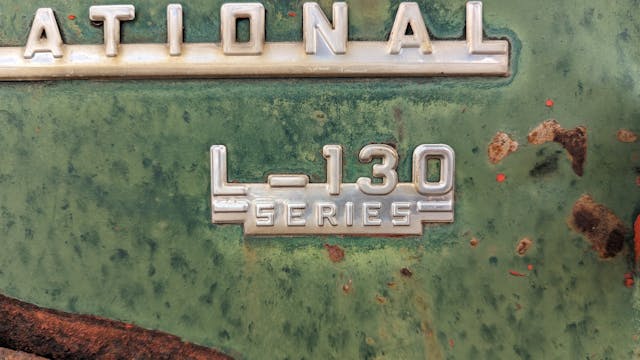
The Chicago-based International Harvester Corporation sold its first light trucks in 1907 and continued to build them until the final Scout Terras left the factory as 1980 models. You can still buy new International-badged trucks today, though their parent company is owned by Volkswagen.
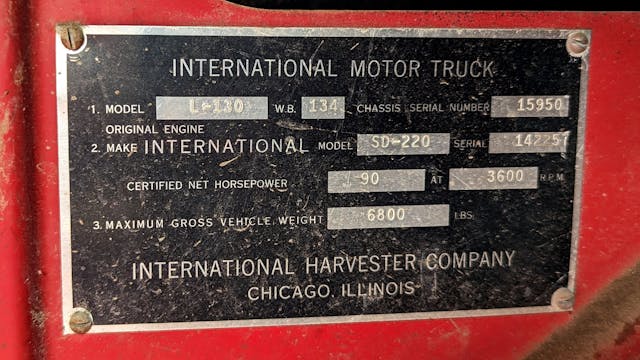
This is an L-Series truck, the successor to the prewar KB design. The L-Series was built from the 1950 through 1952 model years and featured a modern, one-piece windshield.
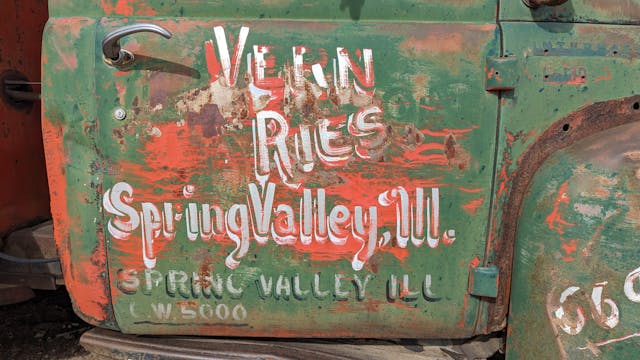
This one appears to have toiled as a tow truck in Spring Valley, Illinois, for its entire career. That’s about 900 miles to the east of its current location in Colorado.

The truck is very weathered, and the 1975 Illinois license plate indicates that it has been sitting outdoors for close to a half-century.
Marketplace
Buy and sell classics with confidence
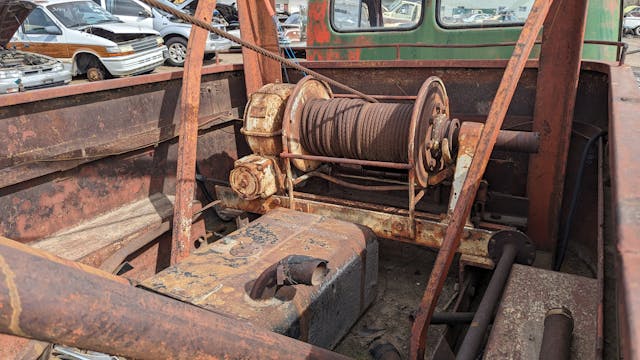
How many stranded cars did this rig pull out of ditches and snowbanks during its career?
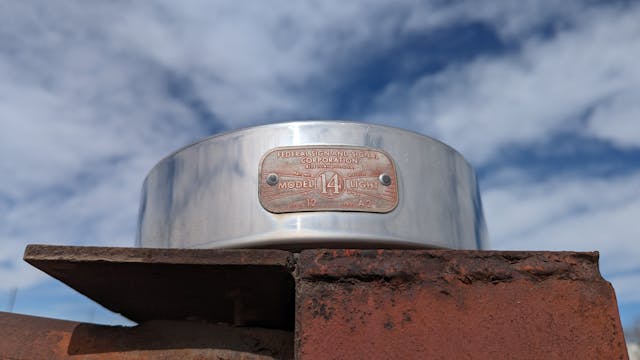
All the equipment appears to be genuine 1950s–1970s hardware.
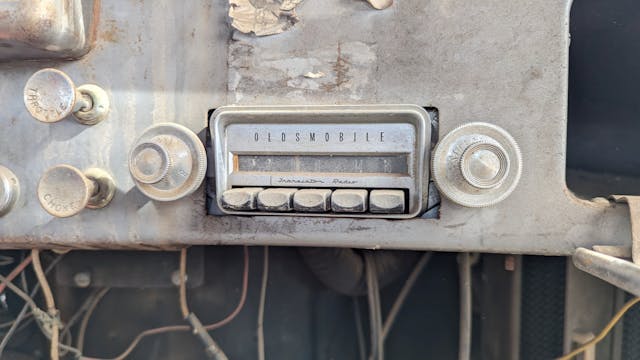
At some point, an Oldsmobile transistor radio of the late CONELRAD era was installed in the dash.
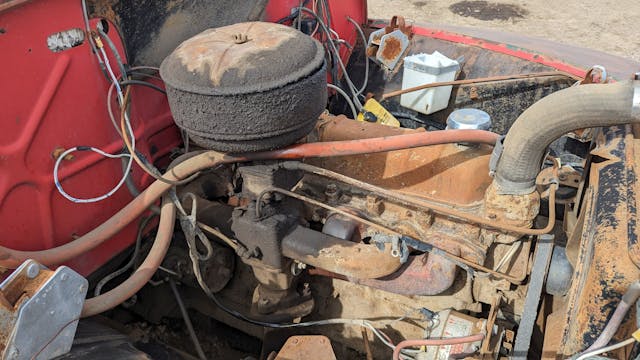
The original engine was a 220-cubic-inch “Silver Diamond” IHC pushrod straight-six rated at 101 brake horsepower, and that may well be the engine still in the truck today (you have to be more of an IHC expert than I am to identify these engines at a glance).
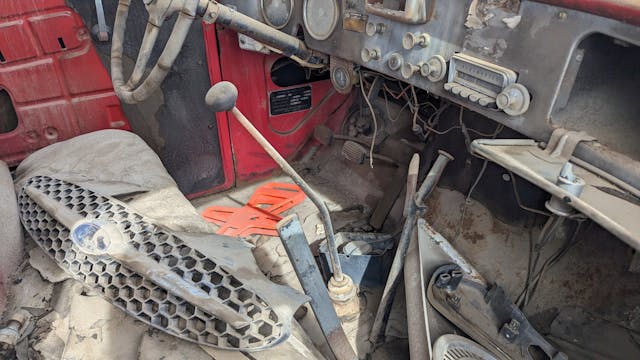
The transmission is a three-on-the-floor manual, with a grind-free synchronized first gear.
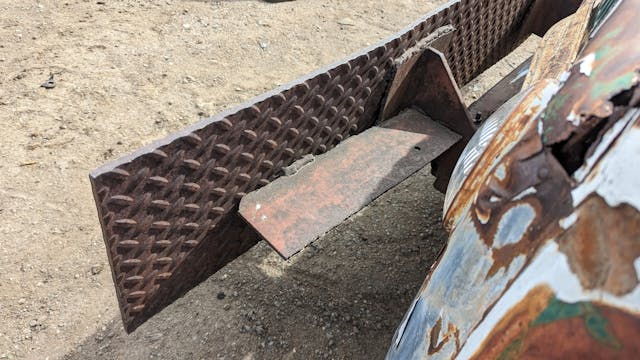
This thick steel bumper must have been just the ticket for pushing dead cars, which would have been plentiful in the era of six-volt electrical systems, points ignition, and primitive tire technology.
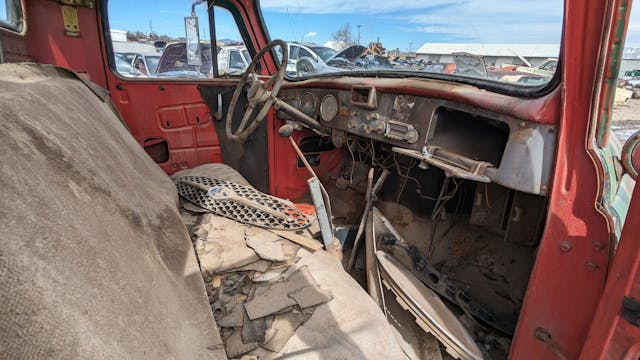
As the theoretical owner of a 1947 GMC tow truck (which has been sitting in a field just south of Minneapolis since I was five years old), I understand why most of us are reluctant to restore such machines.
***
Check out the Hagerty Media homepage so you don’t miss a single story, or better yet, bookmark it. To get our best stories delivered right to your inbox, subscribe to our newsletters.










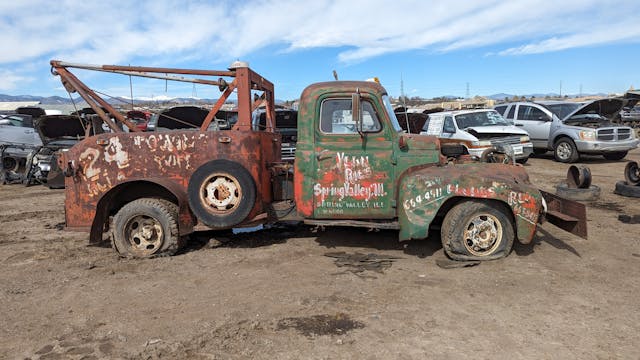

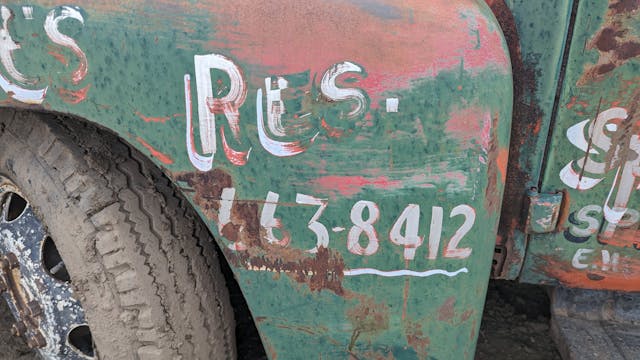
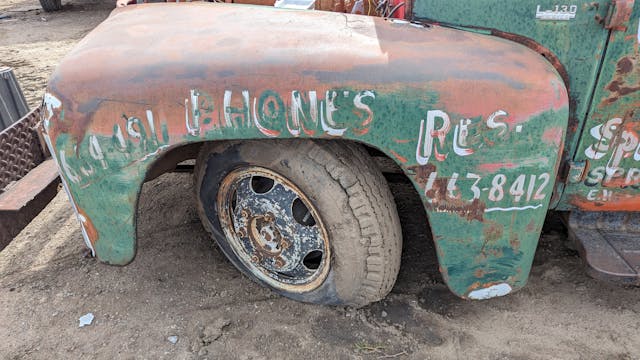

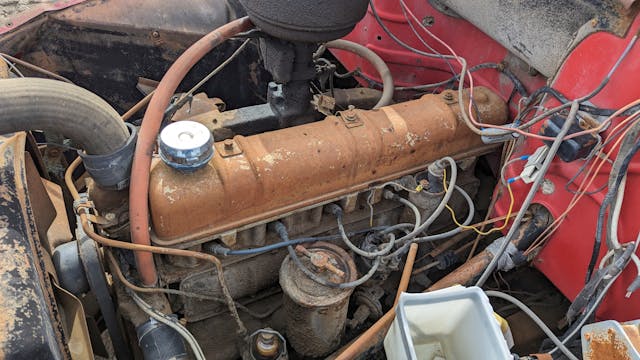
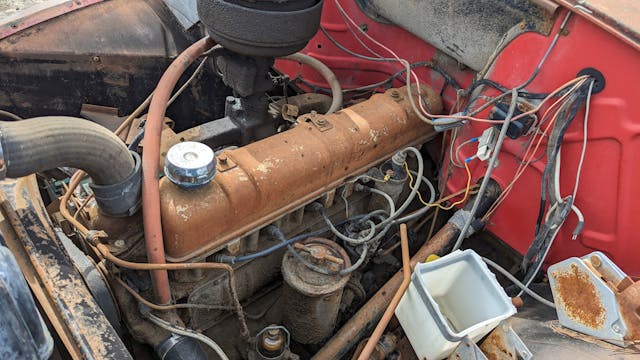


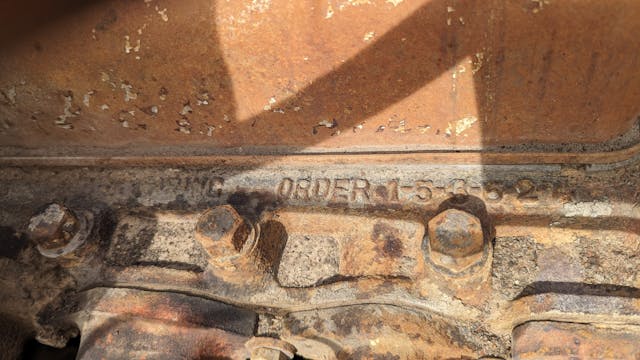

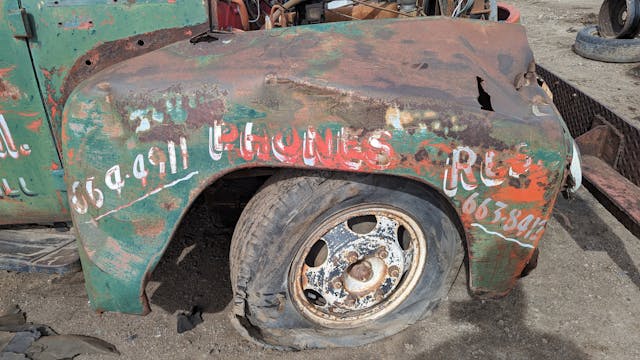
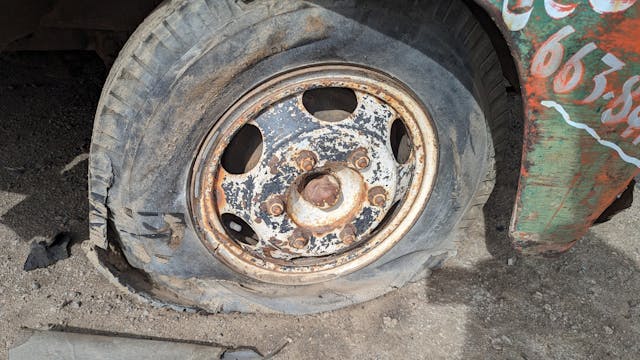
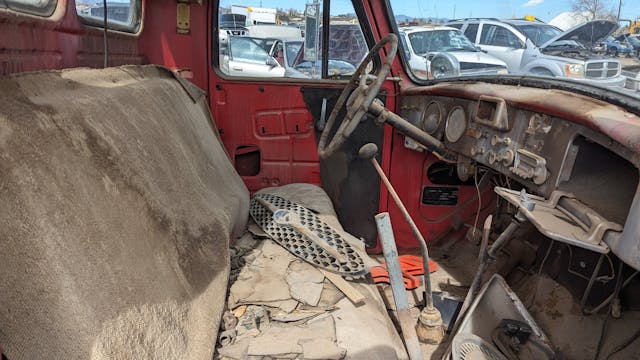

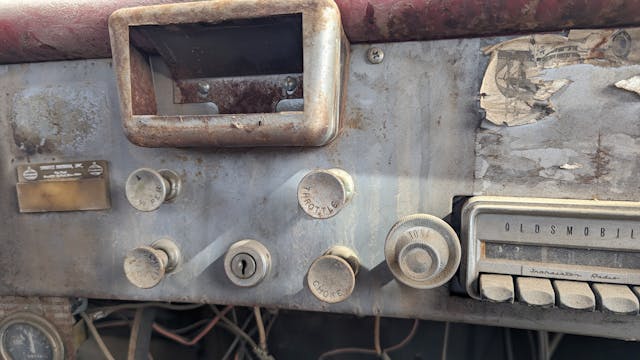
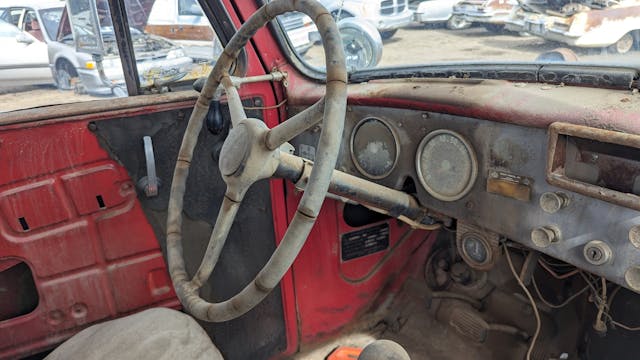
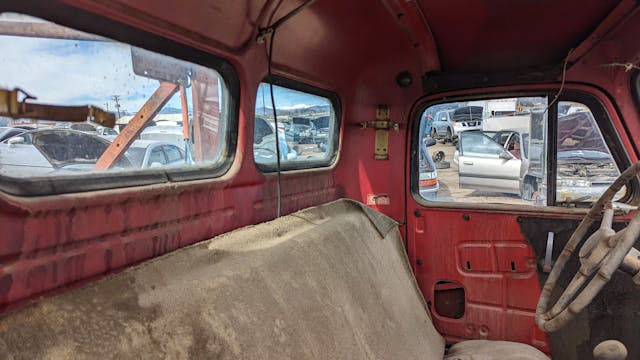

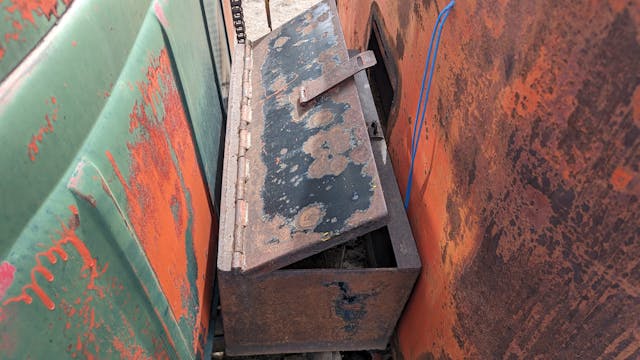
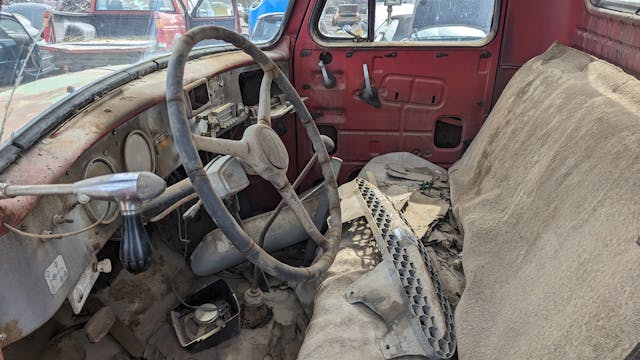
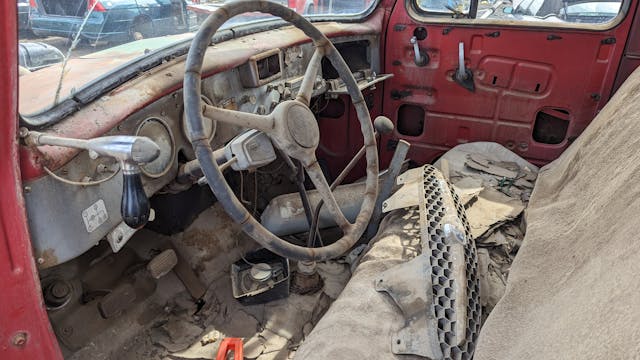
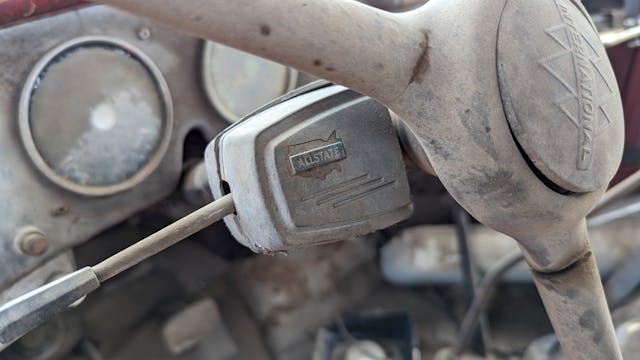
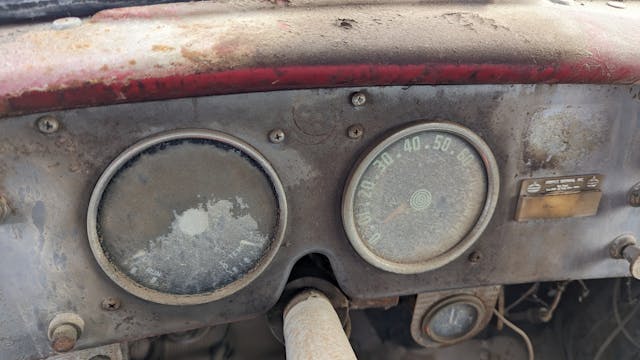
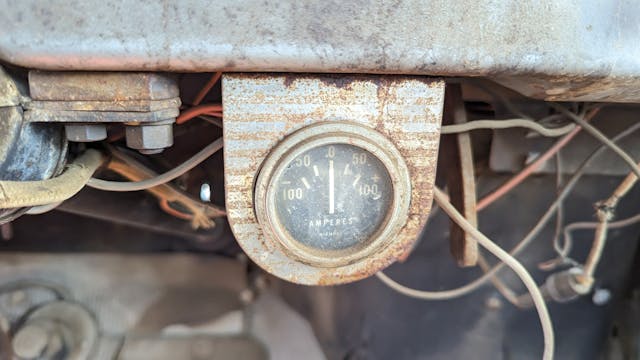

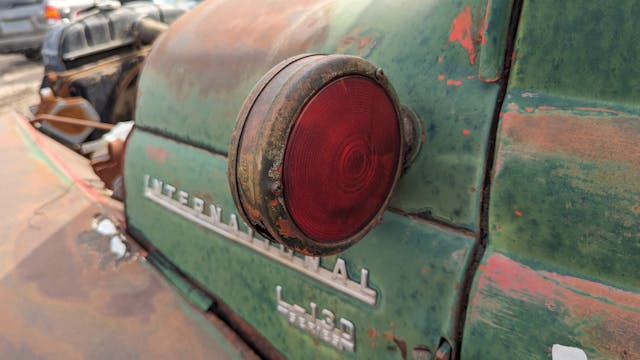
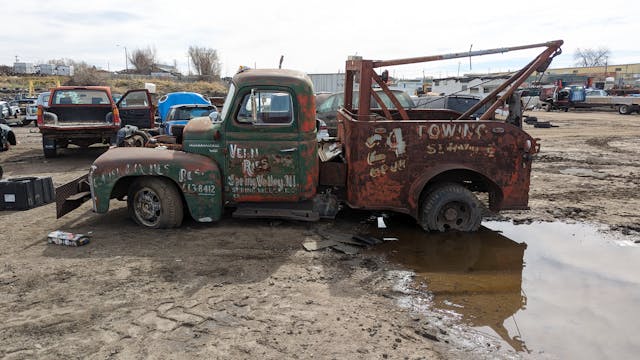
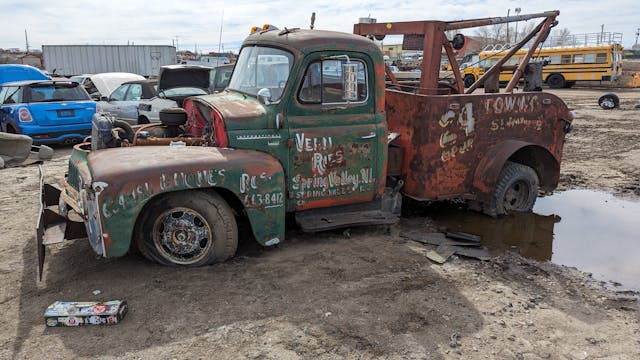
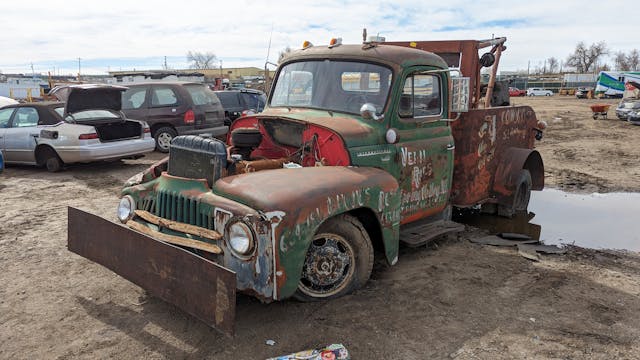
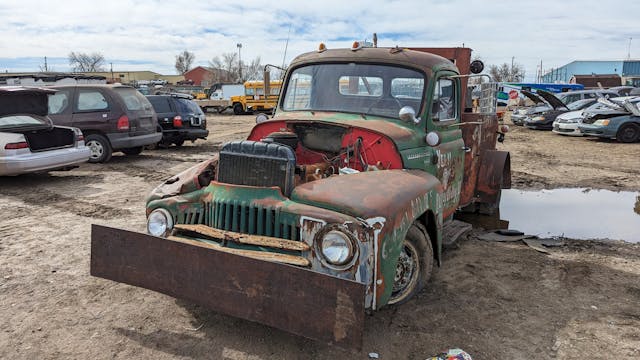
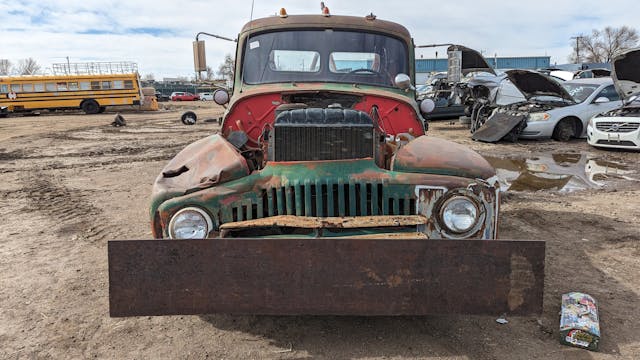
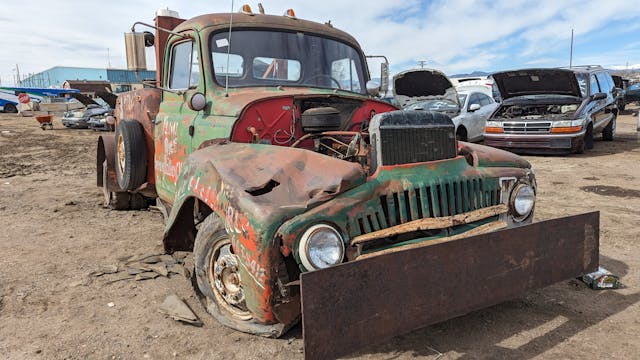
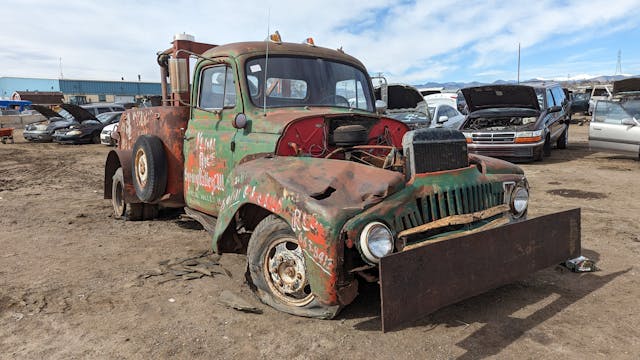
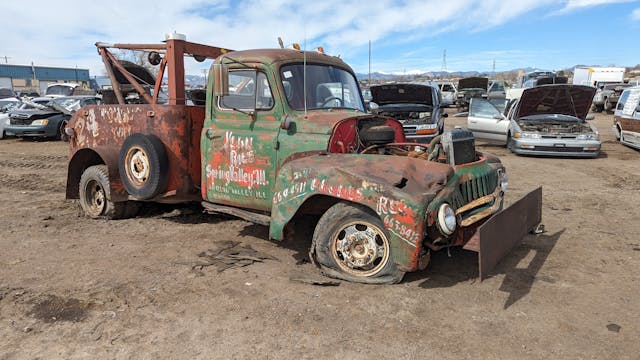
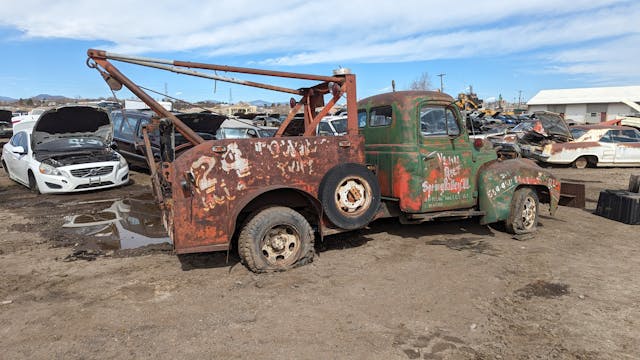
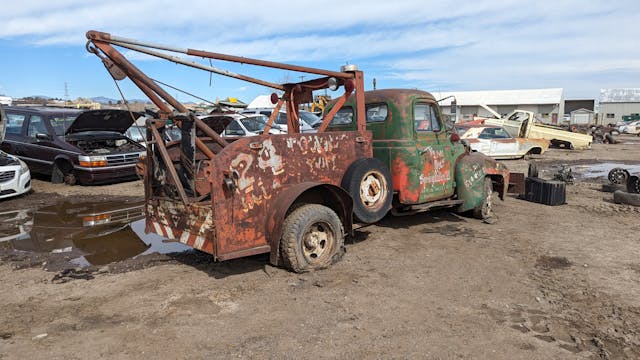


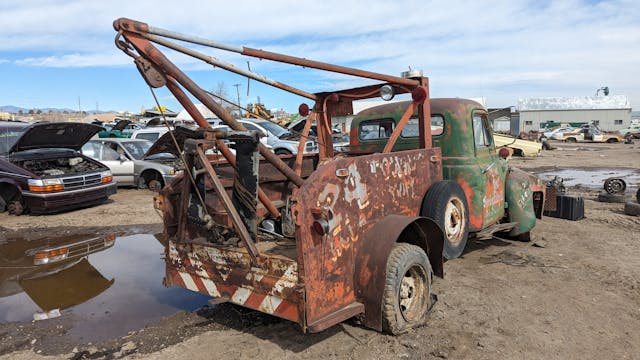
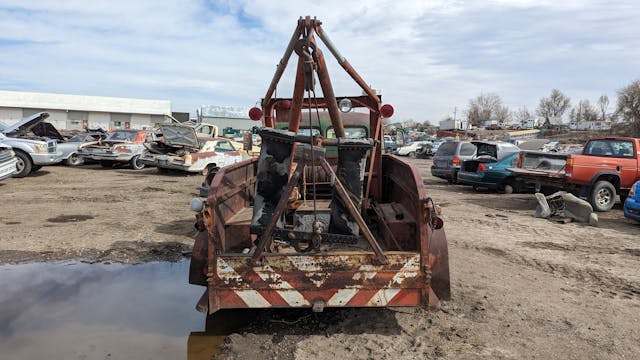


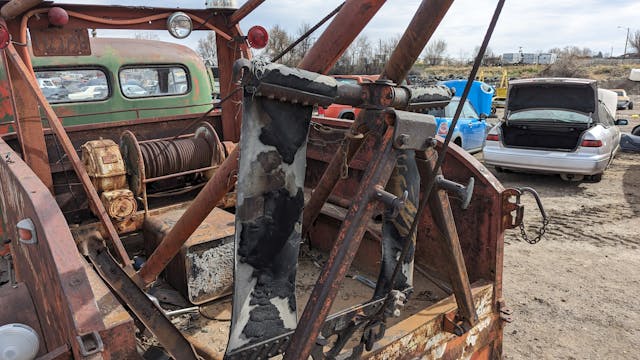






































































Are you sure it had synchro on first. As well as I can remember, nothing I drove from the 1950s did. Double de-clutching was de rigueur on everything from a four on the floor Standard Eight to a three on the tree (column change) FJ Holden – and manual Holdens and Ford Falcons for many years thereafter.
Vern was my Stepdad and an incredible person. He and his buddies built that wrecker by hand (body was from a gas bottle delivery truck, boom was from an old farm plow, and the winch was from a salvage yard up near Chicago. My stepbrother hand painted it with a brush (and you really couldn’t tell – it was a great paint job years ago). My Dad and his buddies built stock cars to race on the weekends (local figure 8 tracks and demolition derby) and then used the wrecker to clear out the carnage / tow cars to the local scrap yards (fun times as a kid!). They towed MANY cars (and one Greyhound bus – seriously – a bus) to his Standard and, later, Sunoco stations in Spring Valley. When we moved to Colorado in November of 1974, he (over)loaded a trailer with the brake lathe and toolboxes, hooked it to the ‘little red wrecker’ and headed west. It was too slow for I-80, so he took back roads and had to stop often as the rearend kept overheating – but the wrecker made it! Once he opened ‘Mountain View Exxon’ on Belleview and I-25 in Denver, he stopped towing with it – hence the date on the plate – it was never licensed in Colorado. The yellow ‘bubble’ lights on the top were clipped off by one of the kids that worked for us when they didn’t open the bay doors far enough and hit the door (Dad was not happy….lol). The Exxon closed in 1990 and Vern passed in 1991. Amazing wrecker and an amazing person….
(Verbatim from Donnie Cruse, Cruse Towing, Hamilton Ontario, co-creator Wreckmaster training.)
You know that you are an (tow) operator when you see something going down the road and ask yourself, ‘What is that?’ and ‘How could I tow it?’